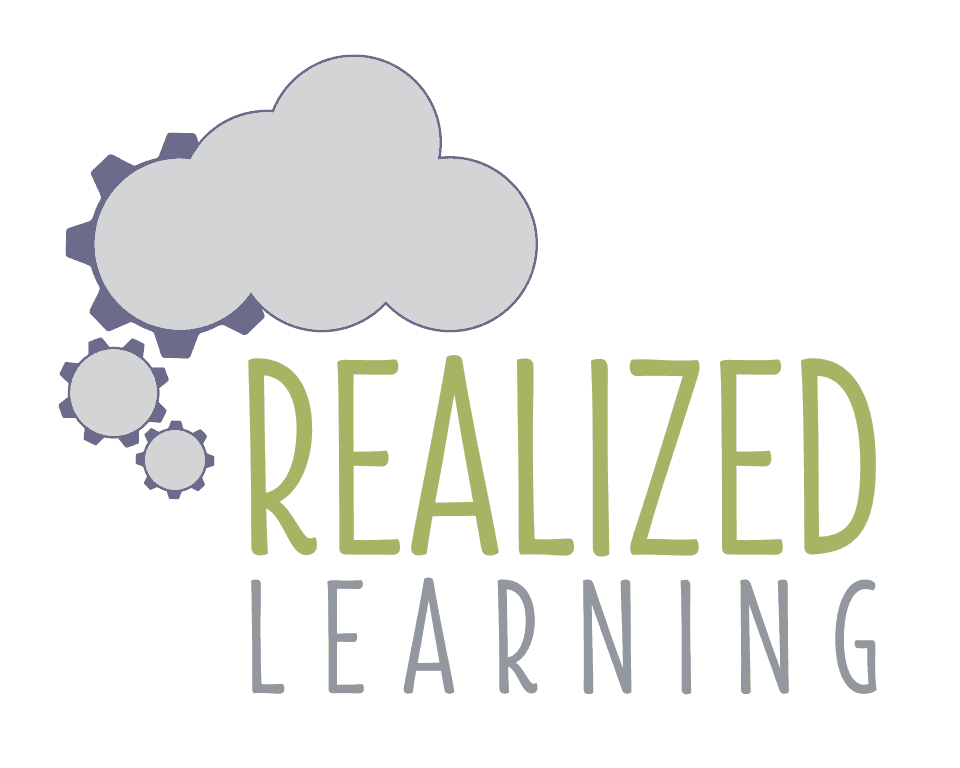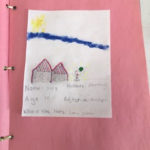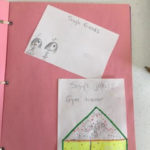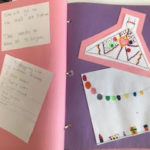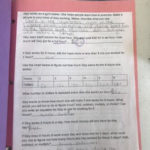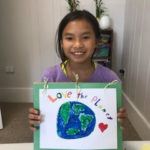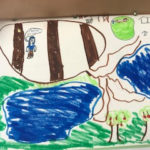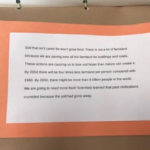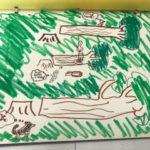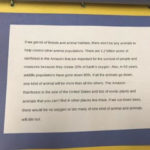Pictures can help children engage with reading and writing in ways that support comprehension and creativity. As an adult, you may not realize how much you rely on pictures, images, and visualizations to help you understand the world around you. When you read a news article, there’s usually an image to accompany it. When you run through your mental to-do list, you may imagine yourself doing those tasks. Road signs, advertisements, and some of our favorite apps rely on pictures to help us understand. Teaching young learners to visualize is more than just a fun activity that should be reserved for Kindergarten and art class and has its place in elementary grades as well.
When good educators teach reading, they teach children to make a picture in their minds. But this skill is not just a stepping stone to successful reading, but rather a necessary component. Even adults use this method while they read. When a good reader is engaging with a text, they often describe their experience as a movie playing in their mind. Have you ever read a book and then seen the movie version and thought, that’s not how I imagined the characters? That’s because while you read, you were making mental pictures. You imagined those characters in a unique way that fit your reading experience. You probably also had a vision of what the setting looked like, too. Some students struggle with this more than others. This often manifests as reading comprehension challenges. If you cannot imagine what is happening in a book, it’s very hard to understand the story. You can’t see the setting, you can’t see the characters, and so you are just reading words. Some students may depend on books with pictures or graphic novels for longer than others as they mature through their reading development. If you believe your child is having reading comprehension issues, seeking out a professional is advised. There are helpful programs available as well, such as Nanci Bell’s Visualizing and Verbalizing.
Incorporating pictures also works well for developing writers. Of course we want children to become strong writers and be able to convey their meaning in detail through words so that the reader can imagine what they are describing. But to accomplish this skill, children can use drawing as a helpful tool. Has your child ever complained that they don’t know what to write or where to start? Begin with a picture. Drawing a picture allows your child to put the scene or image they see in their mind onto paper so that it is concrete. When they begin to write, they don’t have to come up with the words as they are trying to see a picture in their mind, because they’ve already put it on paper. They can use their picture as a reference. If your child is still struggling to self-start or gets stuck, ask them questions about specific parts of the picture they’ve created. Once they can verbally explain to you what is going on, direct them to put what they’ve said into writing. If your child is new to using pictures to guide their writing, prompt them and help them along by asking follow-up questions about the picture. Once they become successful with verbalizing and then writing, you can guide them to do what you have modeled on their own. Encourage your child to use the five senses to add details and use lots of strong adjectives! Your child will be excited about her newfound ability to write!
Below are some examples of how I incorporate pictures into the work I do with my students. One of my soon-to-be 5th graders was struggling to understand word problems in math. Creating a character with details about her life allowed this student to visualize and then see the word problems.
Another soon-to-be 5th grader wrote an opinion essay about caring for the earth. The pictures she created helped her understand the problems she was reading about in her research articles and acted as a springboard for her writing.
